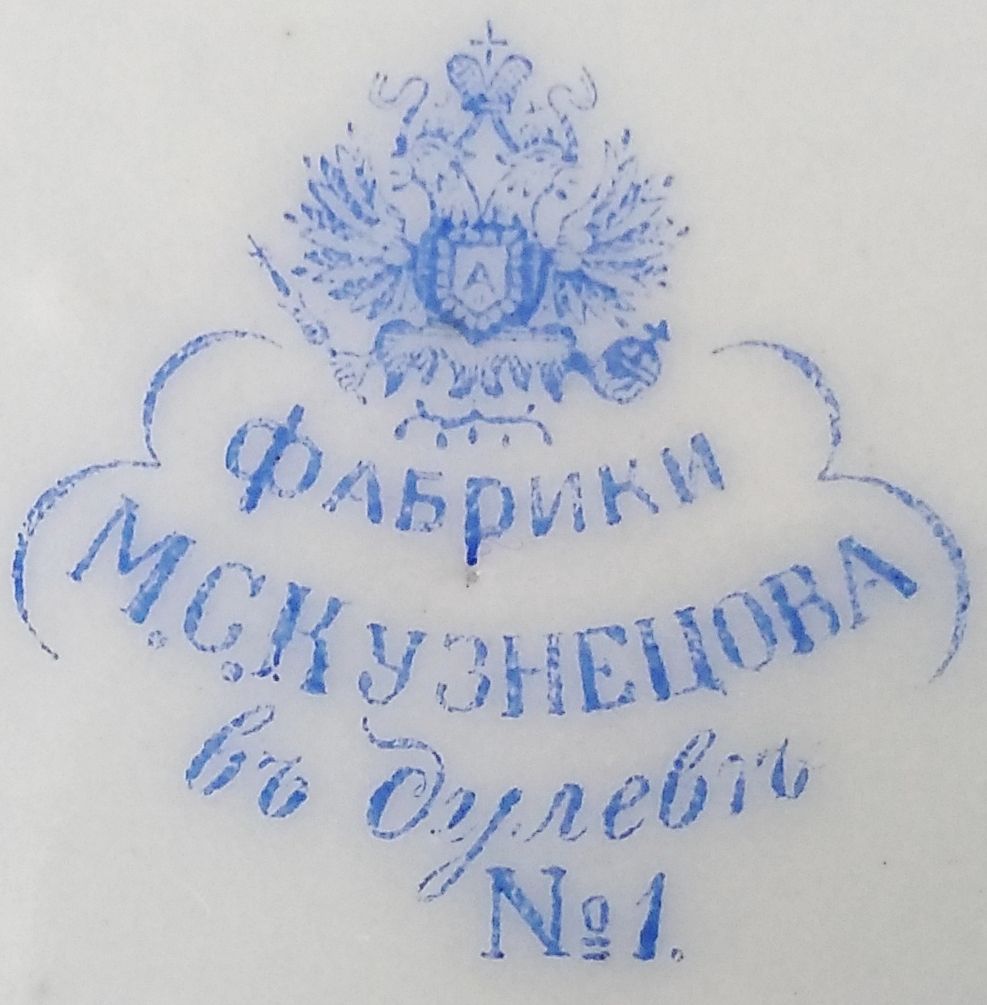


Kuzniecow Factory, founded in 1832 by merchant Terentii Kuzniecow, began with the construction of six kilns in the town of Dulevo, just outside Moscow. Kuzniecow's porcelain products became renowned for their unique white quality. The porcelain was painted by simple village women, called Agafias, and the resulting products came to be known as agashki.
The Russian porcelain industry rapidly expanded in the second half of the 19th century, especially after serfdom was abolished. During this period, the emerging capitalist class began to thrive, and Kuzniecow’s factories supplied the growing demands of this new social class.
In 1891, the company acquired the Gardner factory in Verbilki (now the Dmitrov Porcelain Factory). In 1889, it also began operating under the new name M.S. Kuzniecow Society of Porcelain and Ceramic Products Manufacture.
Kuzniecow’s porcelain empire excelled in mechanizing production, which helped it withstand the competition from cheaper foreign imports on the Russian market. The range of products offered by the factory was incredibly vast, with around 150 different types of tea, coffee, and dinner sets. The factory also produced 370 types of teacups alone.
In 1918, Kuzniecow’s factories were nationalized. Today, the legacy of Kuzniecow is continued by the Dulevo factories.